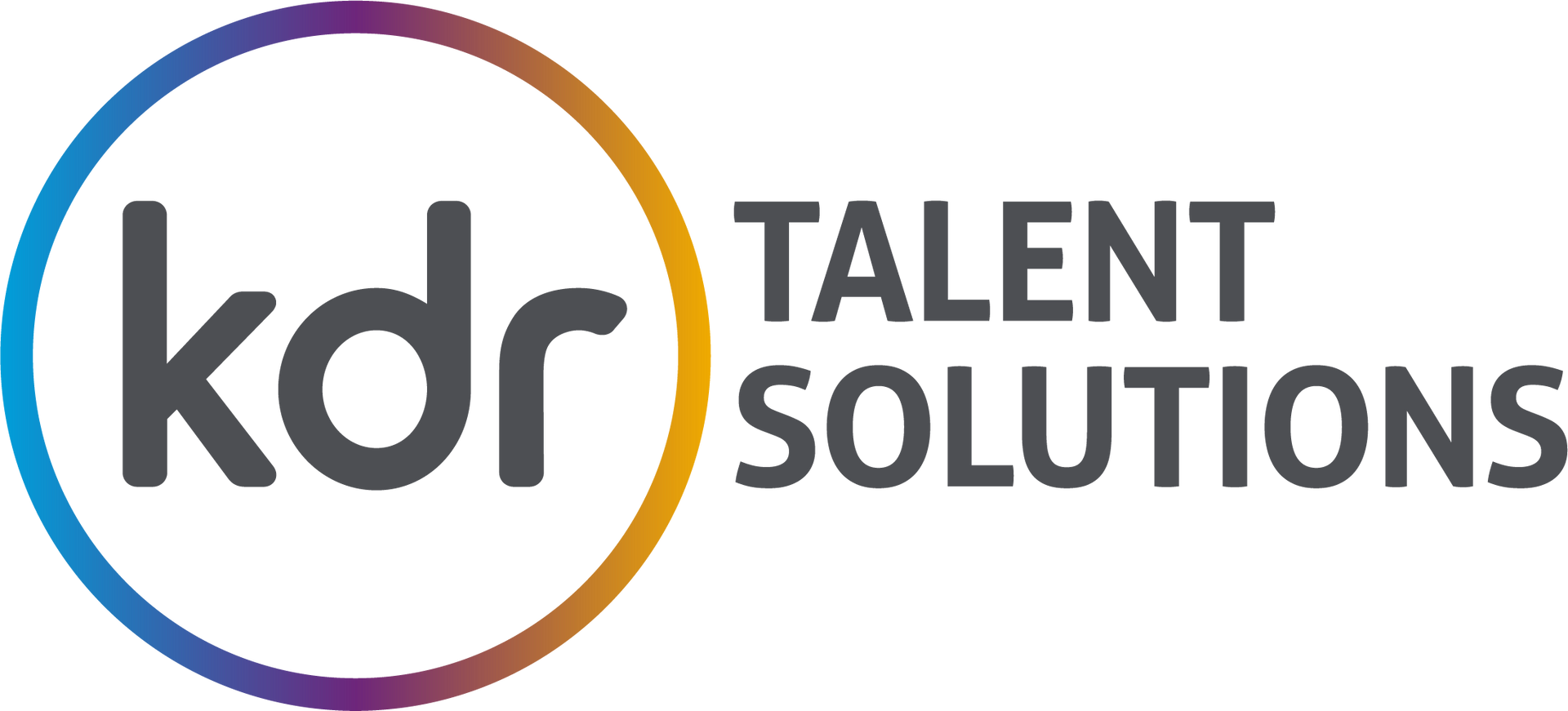Recruitment ROI - Are you getting the most out of your hiring strategies?
Understanding the cornerstone of recruitment ROI – Quality of hire

We think it’s fair to say, it’s been a difficult time for businesses of late, balancing the need to hire with the need to keep costs in check so we wanted to take a look at helping you understand the Return on Investment (ROI) in recruitment because it’s not just about the cost—it's about the value each hire brings to your organisation over time.
As a starting point, we would argue, the cornerstone of recruitment ROI is the 'Quality of Hire' (QoH). How well someone provides positive outcomes for the business is not an easy measurement to capture, but it is insightful and informs how well the rest of the recruitment processes are working. It is also not a metric you can put in place immediately, so you need to wait a few months after a new hire before you can even start to measure if effectively.
Step one would be to set clear, measurable criteria for what constitutes a "quality hire"
Examples would be*:
Performance Metrics
Productivity Metrics: Amount of code written against requirements, Impact on sales, Number of meetings booked, Delivery of products, Deadlines met
Culture fit & Engagement Metrics
*pick the ones that are relevant to your business
Some businesses prefer to look at retention or turnover rates but these are perhaps a bit more risky to use as these figures can also be linked to wider company issues such as culture, ineffective management, or poor onboarding practices.
Then look at the ratings for each indicator chosen.
Performance Metrics: Conduct regular performance reviews and ratings by supervisors.
Productivity Metrics: Output, sales numbers, delivery of projects or other quantifiable work products.
Engagement and cultural fit metrics: Surveys or assessments measuring how well the employee integrates and aligns with company culture.
Retention Metrics (if used): The length of time employees stay with the company, indicating their satisfaction and fit.
Measure your baseline: what do the current performance metrics look like for your existing workforce? When you know this information you have a benchmark for any new hires you make.
Pick your indicators and then divide them by the number you choose, for example:
QoH = (New hire performance + new hire engagement + culture fit)/3
QoH = (80% + 85% + 90%)/3
QoH = 85%
Once you have the baseline, and some new hires data (please note this process may take up to 12 months depending on the frequency of hires you make), you can start to use the findings to inform and improve your hiring processes.
Use your analysis to identify strengths and weaknesses in your hiring process. If certain sources of hire consistently lead to high-quality employees, for example, you might focus more resources there. Conversely, if some hires are not meeting expectations, investigate why and adjust your processes accordingly.
Quality of hire is not a one-time measurement but a continuous process. Regularly review and adjust your criteria, KPIs, and analysis to reflect changes in your organization’s goals and the job market.
Establish a feedback loop between hiring managers, the HR team, and new hires. Use this feedback to refine your hiring criteria, the onboarding process, and other factors that influence quality of hire.
Understanding the Cost Dynamics of Recruitment
Cost per Hire
Every penny spent in the recruitment process counts. So, understanding your 'Cost per Hire' is a crucial metric. This includes all expenses — from advertising to recruiter fees and the administrative costs of onboarding. A comprehensive view of these costs helps in identifying areas where you can optimise and reduce expenses without compromising the quality of candidates.
You can measure Cost per Hire using this formula:
Cost per Hire (CPH) = Total External Costs + Total Internal Costs/Total Number of Hires
Where: Total External Costs include expenses such as advertising, job fairs, agency fees, and any other expenses paid to external vendors or third parties.
Total Internal Costs are costs related to the internal recruitment process, such as the salaries of HR staff and hiring managers, referral bonuses, and recruiting technology or tools. *At this point some businesses also include cost of the position not being filled, where the cost of projects not meeting deadlines, lost business or the cost of the extra man hours people put in to cover the unfilled roles are added in.
The Total Number of Hires refers to the total number of positions filled during the period you're measuring.
Speed and Efficiency Matter – Understanding time to hire and what to do about it.
Time to Fill
The 'Time to Fill' metric is a double-edged sword; while you don’t want to rush decisions and compromise on quality, efficiency is key. Unfilled extended vacancies can hamper productivity and morale. Streamlining your recruitment process to reduce time to fill, without sacrificing candidate vetting, can significantly improve your ROI by minimising productivity loss.
The formula to use for this metric is as follows:
Time to Fill: Measures the number of days from when a job requisition is opened until an offer is accepted by the candidate. It helps in understanding the speed of the recruiting process.
Time to Fill = Day Offer Accepted − Day Job Role Opened
Leverage the Right Sources – Understanding source of hire
Source of Hire
Not all recruitment channels are created equal. Identifying your most effective 'Source of Hire' allows you to allocate your budget more effectively, ensuring you’re investing in channels that attract high-calibre candidates. Whether it's job boards, social media, or employee referrals, focusing on high-yield sources can enhance both the efficiency and effectiveness of your recruitment efforts.
Understanding & Optimising the Candidate Journey
Applicant Dropout Rate and Offer Acceptance Rate
The experiences candidates have during the recruitment process can make or break their decision to join your organisation. A high 'Applicant Dropout Rate' may indicate issues with your recruitment process, while a low 'Offer Acceptance Rate' suggests your offers may not be competitive. Paying attention to these metrics and optimising the candidate journey can significantly improve your recruitment ROI.
For our clients, understanding and maximizing the ROI of recruitment is about making every hire count, optimising each step of the recruitment process, and leveraging technology to gain insights and efficiency. By focusing on the quality of hire, managing costs effectively, ensuring efficiency in the recruitment process, optimising sources of hire, and enhancing the candidate experience, organisations can significantly improve their recruitment ROI. As recruitment consultants, our role is to guide you through this complex landscape, providing the insights and tools you need to attract, hire, and retain the top talent that will drive your organisation forward.






